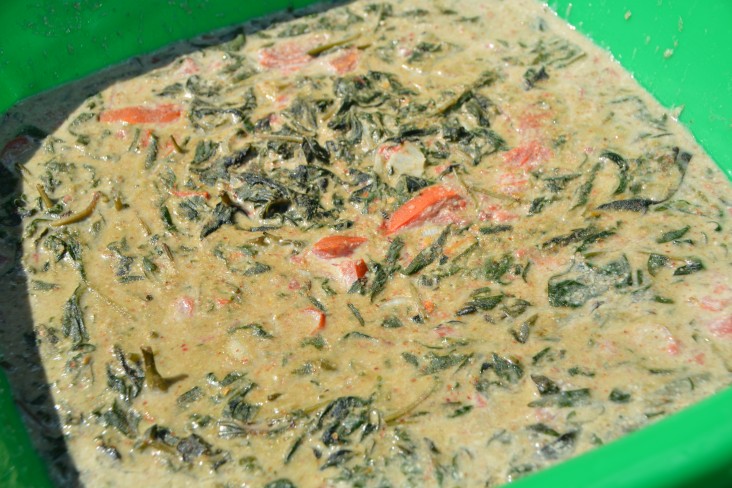Speeches Shim

Undernutrition is a serious health and development challenge in Malawi. According to the 2014 Multiple Indicator Survey, 37.1 percent of children aged 6-59 months are stunted. USAID’s programs focus on preventing chronic under-nutrition by providing nutrition-related assistance through various implementing partners. Both USAID and the Government of Malawi (GoM) fight stunting and other forms of malnutrition through lasting community empowerment and integration of health services.
IMPACT
USAID prioritizes behavior change and capacity building among communities, caregivers, and service providers so they are equipped to identify, manage, and treat malnourished children through Community Management of Acute Malnutrition (CMAM) services.
In FY 2015, USAID:
-
Reached 3,038,541 children with health and nutrition services.
- Developed and disseminated the national guidelines for Nutrition Care, Support, and Treatment, which are used by nutrition stakeholders, to USAID’s HIV treatment and care partners to guide the implementation and scale-up of interventions for people living with HIV. USAID also supported the incorporation of nutrition into the National HIV Strategic Plan for the period 2015–2020.
- Currently, over 500 health facilities in Malawi (80 percent of all health facilities) have adequate capacity to manage acute malnutrition thanks to USAID support.
- USAID supported the costing of the national CMAM operational plan for 2015–2019, including: data collection and entry, adapting the CMAM costing tool to the Malawi context, generating and presenting budgets, preparing for the validation of generated costs with stakeholders, and finalizing the costing report.
- USAID’s support to 296 health facilities has resulted in improved capacity to manage acute under-nutrition. The average cure rate in these facilities has been maintained above the SPHERE standard of 75 percent.
- USAID supported MoH-led Child Health Days and integrated family health outreach services that reached 2,286,085 children with Vitamin A supplementation and 1,970,167 children with de-worming medication.
-
USAID supported the enforcement of registration of food fortification laws. Data from market monitoring shows that 90-96 percent of salt on the market is estimated to be adequately iodized for household use, and at least 70 percent of the sugar in the market is adequately fortified with vitamin A.

Comment
Make a general inquiry or suggest an improvement.